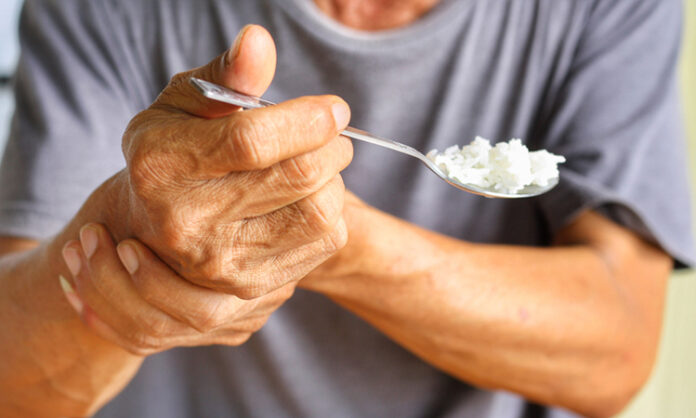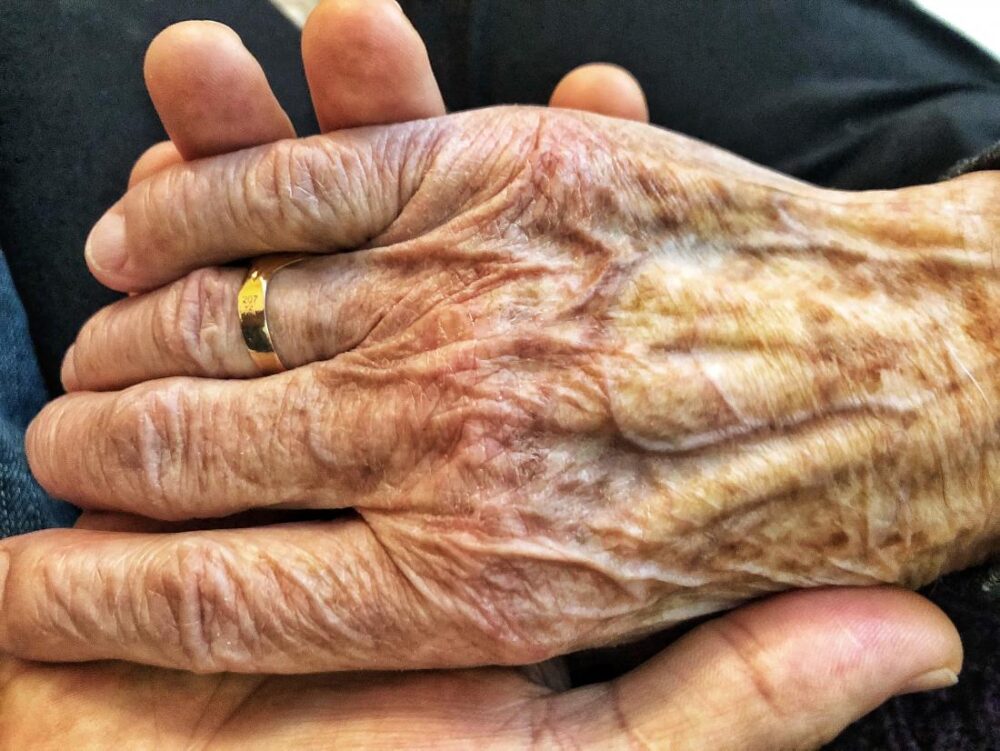
Do you know what are the odds of getting Parkinson’s disease during your lifetime? Chances are, you’ve never thought about this. When it comes to this disease, or this condition, how many like to call it, it is special compare to the other diseases since it’s almost invisible in our society. What do we mean by invisible? This is one of those conditions that are still less talked about in public, compared to other serious illnesses such as cancer or for example, dementia. However, it unfortunately doesn’t change the reality, and the reality is that 1 person in 500 people will most likely be affected by this condition. What’s the reason behind this, and why so many people get it (somewhere around 10 million people worldwide)?
One of the most common questions in all the search engines that can be found online is the question about the causes of all the brain conditions. Some of the most common questions are – can I get a disease like that from the lifestyle I have? Do stress has an impact on these brain conditions? Are chronically sleep deprived people more likely to have brain problems later in life? All of these questions are reasonable, since it has been proven that certain lifestyle factors do impact the odds, increasing them accordingly. Several surveys showed that Parkinson’s disease is highly connected with both environmental and genetic factors of risk.

This means that the lifestyle you have can be improved in order to prevent getting diseases like this one. Some of the factors and habits that can have a huge impact on your health in general and especially on your brain health, and the risk of getting Parkinson’s Disease are factors such as smoking, drinking coffee, or alcohol intake on a regular basis. Other than that, stress is one of the biggest causes of Parkinson’s Disease and the reason behind that is very logical and that is – stress damages brain cells which is exactly what happens to patients – their brain cells are being damaged to the point where they can’t function properly. If the disease is left untreated, it worsens over years which is exactly what happens in the majority of cases because people tend to overlook the first symptoms or don’t notice them at all until it is too late to do anything about it.
But what is Parkinson’s Disease anyway? This disease is actually a disorder that affects or attacks our nervous system or in other words – our brain. Unlike some other conditions, this disease always starts slowly and the symptoms are more than mild – they are almost unrecognizable, although they exist. Some of the most common first symptoms are tremor or stiffness when it comes to some parts of your body such as your hands, legs or even your head. Overlooking this phenomenon can cause does disease to gradually become more serious and significantly harder to treat. Considering the fact that it attacks our neurons it practically means that it kills our brain and stops us from normal functioning on a daily basis, which includes both communication and everyday tasks that need to be done such as walking, holding things with your hands, or almost anything that includes using your limbs.

Can it be cured? This is one of the most googled questions and that is for a good reason. Just like for any other disease, to be able to answer this question you first need to dive into a complex area of multiple elements. One of the most important things that can easily determine whether it can be cured or not, is the stage of the condition. Depending on the stage in which the patient is at the moment when he goes to his doctor, this disease can be slowed down or there’s nothing that can be done. Unfortunately, Parkinson’s Disease cannot be cured in a traditional way but the symptoms can be treated to the point where it’s almost as if the patient is completely cured, only the condition stays present and can worsen again under certain conditions and factors.
Luckily, it has been proven the treatment such as physical therapy, physiotherapy, supported treatments, medications, surgery, diet, occupational therapy etc can significantly reduce the most common symptoms allowing the patient to live normally and to be able to do all the things he did before he got diagnosed. However, treatment can last for a long time or it can be complex in some cases. This is why it’s important to know that there are different options when it comes to treatment. That being said, Parkinson’s Disease patients can get both outpatient or inpatient therapy. What’s a better option for them? It’s a question that needs to be answered although there is no such thing as one solution that fits everyone.

When it comes to the difference between outpatient and inpatient therapy the biggest difference is the fact that outpatient therapy is more convenient for patients – it allows people to receive the same therapy but without having to stay in the facility. Outpatient physical therapy is usually being provided at the clinic and it usually lasts for a couple of hours for several times a week. This means that patients who have been diagnosed with Parkinson’s Disease only need to visit the treatment center of their choice where they can get a wide variety of therapy whether it’s physical or even psychological therapy, after which they can go back to their home.
What’s the purpose of outpatient therapy for Parkinson’s disease? The main goal of all the therapy that’s available in clinics and medical centers is to improve the degree of movement or speed which is the biggest problem for people who have this disease. It can be done both individually or in small groups and these intensive therapies are happening from 2 to 5 times a week. This also includes other types of treatments such as speech treatments and different exercise concepts and programs that allow the patients to get their strength back, and improve their flexibility and mobility. The best thing you can do is to choose a reputable rehabilitation center and start the treatment as soon as possible. Everest Rehab offers outpatient therapy services. However, you may need to get a doctor’s order to be seen in occupational therapy.








